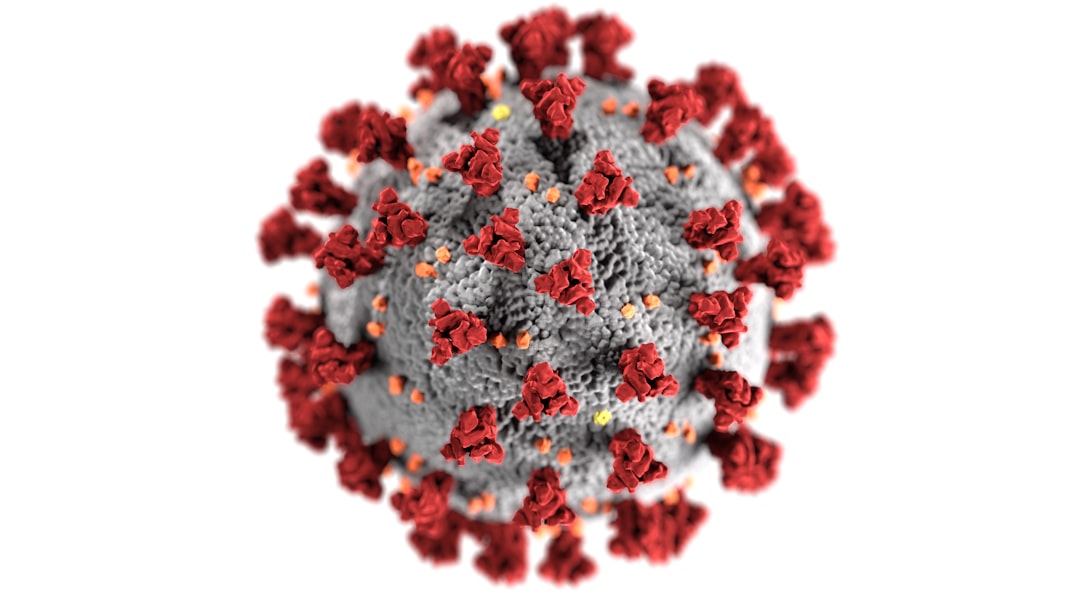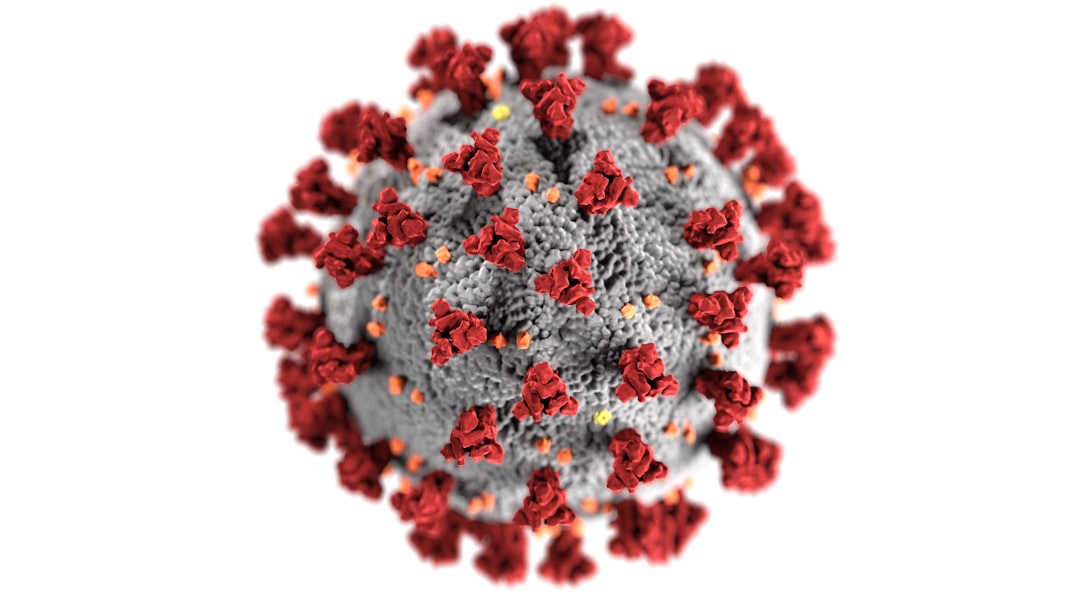What is it about?
Visceral leishmaniasis (kala-azar) is a serious insect-borne disease afflicting people, particularly in parts of Asia, Africa and Latin America. There are approximately 400,000 new cases and an estimated 40,000 deaths each year, making it the second biggest parasitic killer after malaria. We recently discovered that delamanid–an oral nitro-drug used for the treatment of tuberculosis–shows promise for the treatment of leishmaniasis with potential to provide a much needed alternative to the current unsatisfactory anti-leishmanial drugs. Using a combination of biochemical and genetic approaches we have discovered a novel nitroreductase (NTR2) that is necessary and sufficient for the anti-leishmanial activity of delamanid and related experimental drugs containing a nitro-group attached to two fused rings. This enzyme is responsible for activating bicyclic nitro-compounds to form toxic products that kill the parasite. In contrast, the previously identified nitroreductase (NTR1), which specifically activates monocyclic drugs, is not involved in this process.
Featured Image
Why is it important?
Understanding how a drug works is important for selecting the most appropriate partner drugs to be used to increase efficacy and decrease toxicity in patients, to minimise the risk of drug resistance emerging and in designing second generation drugs. This knowledge can be applied to develop novel treatments for this disease.
Perspectives
This was an interesting journey of discovery, with several blind alleys explored befoe the eureka moment.
Professor Alan H Fairlamb
University of Dundee
Read the Original
This page is a summary of: Activation of Bicyclic Nitro-drugs by a Novel Nitroreductase (NTR2) in Leishmania, PLoS Pathogens, November 2016, PLOS,
DOI: 10.1371/journal.ppat.1005971.
You can read the full text:
Contributors
The following have contributed to this page










